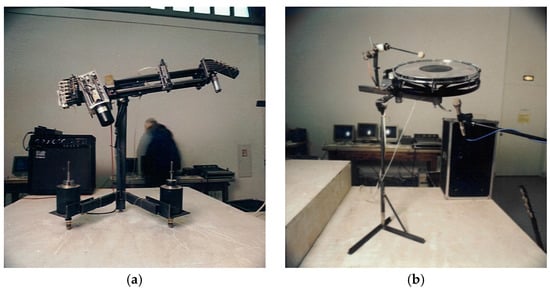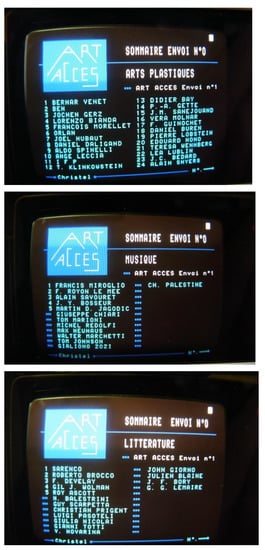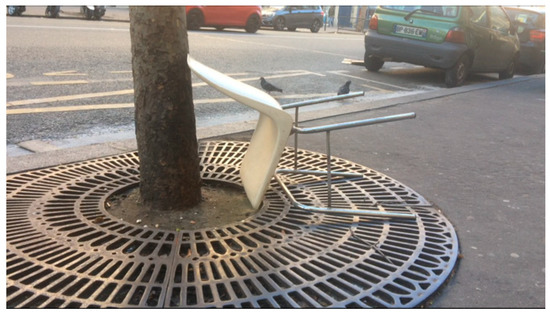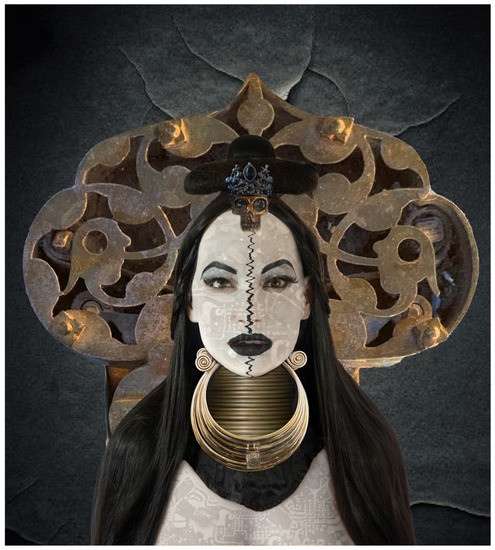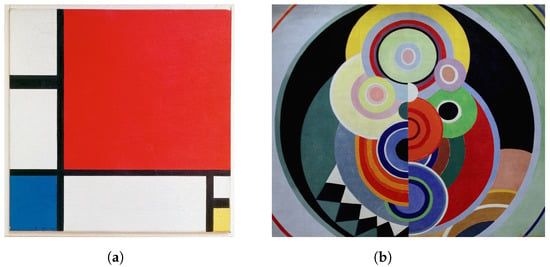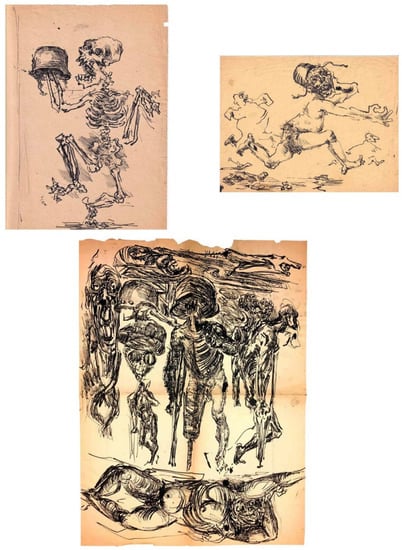Review of Machine Art (Closed)
A topical collection in Arts (ISSN 2076-0752).
Viewed by 38875Editors
Interests: computer vision and computer graphics; AI; machine learning and creativity; artistically skillful robots; interactive platforms for the biosciences; intersection of the visual arts and live performances with computing, perception, and robots
Special Issues, Collections and Topics in MDPI journals
Interests: art history; contemporary art; new media art; Eastern European studies; video games
Special Issues, Collections and Topics in MDPI journals
Interests: art history; popular culture; video art; contemporary art; film & digital video
Topical Collection Information
Dear Colleagues,
MDPI has extended to us the honor of redesignating our “Review of Machine Art” as a "Topical Collection", i.e., a Special Issue which, because of its popularity, has been granted an ongoing status: the 32 articles published in this and our two previous "machine" Special Issues have already enjoyed, as of November 2022, a total of some 127,000 full-text views, and with two of these occupying first and second places in both Arts' top ten "Most Cited" and "Most Viewed" lists.
This does not mean, however, that we are looking forward to one day appearing on the digital library shelves of the future as a yard-wide set of musty volumes! The next two or three years will mark a critical inflection point in human evolution, and this is apparent to all of us—especially in the breath-taking progress currently being made by computer science in imitating the human skills involved in image creation. Open AI's DALL-E system, for example—by virtue of having digested some 650 million previously existing image/caption pairs—can produce realistic-seeming images based on arbitrarily specified descriptions; these images, moreover, exhibit an uncanny understanding of the complex three-dimensional geometry of the objects being depicted.
Yet, in its new experimental focus on visual creation—as opposed to its previous focus on purely rational board games—computer science is also acknowledging the mystique of the human aesthetic facility. It is now being recognized—hence the reality of the art/science rapprochement to which the current Topical Collection is dedicated—that this human facility must retain its time-honored place alongside our reasoning capacity as we look to the future; we therefore welcome the submission of scholarly research papers, essays, and communications falling anywhere within this vast and fascinating new prospect, and ranging in size from 12,000 (or more) to 2,500 words.
Prof. Dr. Frederic Fol Leymarie
Prof. Dr. Marian Mazzone
Dr. Marie Vicet
Glenn W. Smith
Collection Editors
Manuscript Submission Information
Manuscripts should be submitted online at www.mdpi.com by registering and logging in to this website. Once you are registered, click here to go to the submission form. Manuscripts can be submitted until the deadline. All submissions that pass pre-check are peer-reviewed. Accepted papers will be published continuously in the journal (as soon as accepted) and will be listed together on the collection website. Research articles, review articles as well as short communications are invited. For planned papers, a title and short abstract (about 100 words) can be sent to the Editorial Office for announcement on this website.
Submitted manuscripts should not have been published previously, nor be under consideration for publication elsewhere (except conference proceedings papers). All manuscripts are thoroughly refereed through a double-blind peer-review process. A guide for authors and other relevant information for submission of manuscripts is available on the Instructions for Authors page. Arts is an international peer-reviewed open access semimonthly journal published by MDPI.
Please visit the Instructions for Authors page before submitting a manuscript. The Article Processing Charge (APC) for publication in this open access journal is 1400 CHF (Swiss Francs). Submitted papers should be well formatted and use good English. Authors may use MDPI's English editing service prior to publication or during author revisions.
Keywords
- contemporary art
- art history (20th century & 21st century)
- aesthetics
- creativity
- evolution
- science & technology
- robotics
- artificial intelligence







